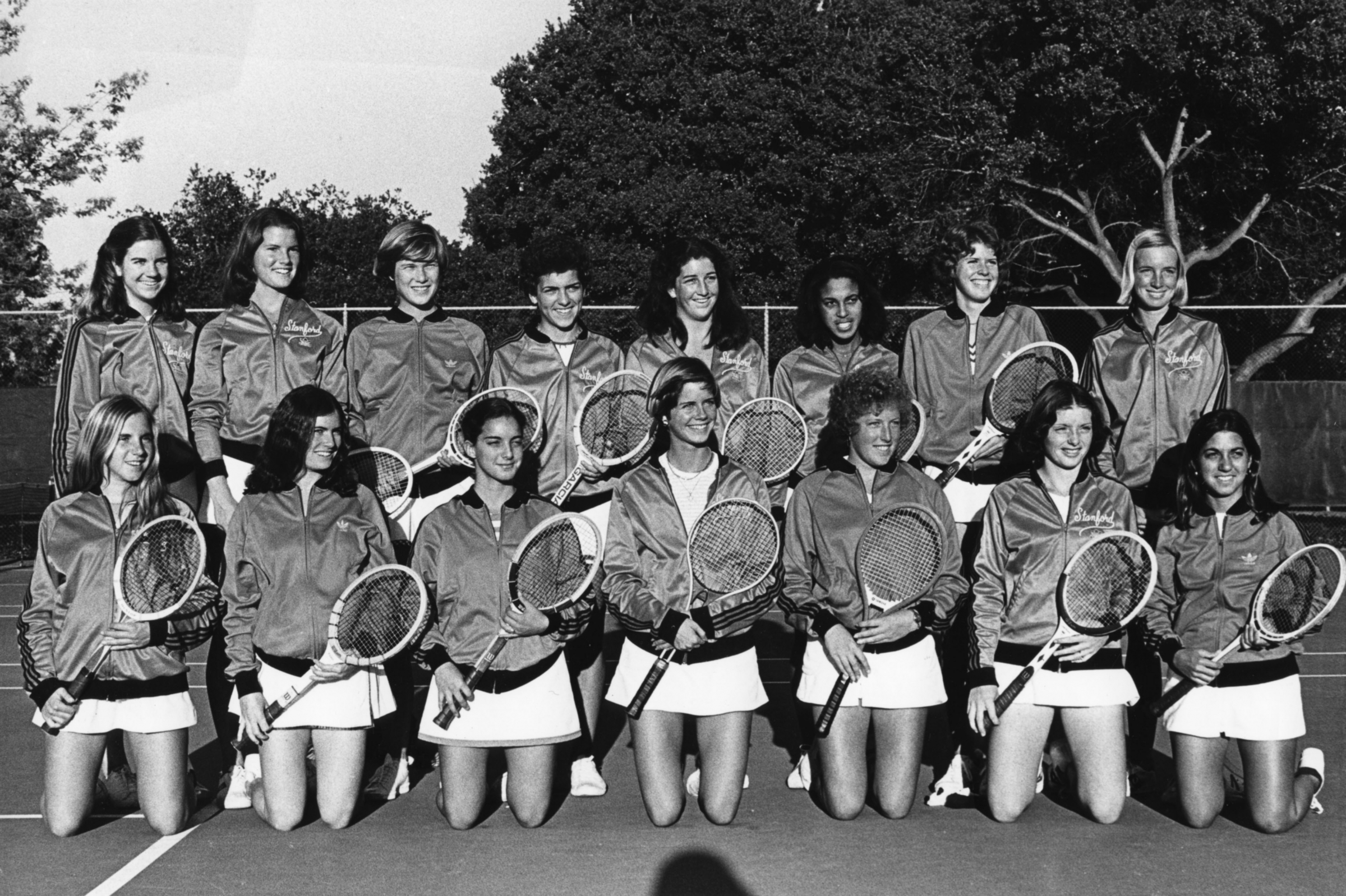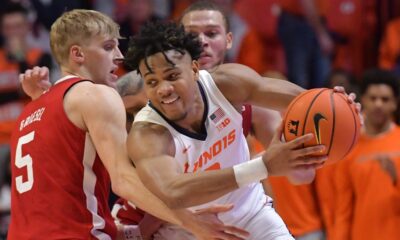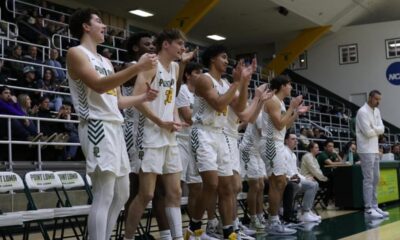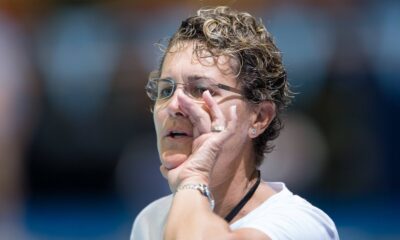
Women’s athletics at Stanford University has come a long way in the past 50 years since Title IX became federal law on June 23, 1972, a landmark law that brought gender equality to education and sport. .
Female athletes at Stanford University have won 139 Olympic medals, 258 individual collegiate national titles and 79 team national championships.
To mark the 50th anniversary of Title IX’s passage and the achievements of its female athletes, the Stanford Athletics has nominated its first all-female class Hall of Famer.
The class of former student-athletes includes Lisa Bernhagen Ramos (women’s track and field), Elaine Breeden-Penrose (women’s swimming and diving), Margie Dingeldain (women’s water polo), Ashley Hansen Church (softball) ) and Carly Janiga Reardon (Women’s Gymnastics). ), Nneka Ogwumike (women’s basketball), Christen Press (women’s soccer) and Sally Voss Krueger (women’s golf).
Tara Vanderveer (Women’s Basketball) will enter her 37th season in her legendary coaching career in the 2022-23 season, and longtime volunteer Linda R. Meyer will be recognized for her contributions to the division. receive a special award.
In addition to four combined NCAA team championships and six NCAA individual titles, multiple inductees have won Olympic medals and been recognized as the sport’s National Player of the Year. All eight former student-athletes have been recognized as All-Americans for multiple seasons.
The athletes will be inducted into the Hall of Fame in an evening ceremony at the Bing Auditorium on Friday, September 9, and will be officially introduced during Stanford’s football game against the University of Southern California on Saturday, September 10.
Stanford Athletic Director Bernard Muir said the Hall of Fame class is intended not only to honor past legends, but to inspire and support future legends.
“To celebrate the incredible achievements of Cardinal’s past women’s sports programs and to strengthen Stanford’s leadership position in women’s sports and to inspire current and future Cardinal student-athletes to pursue their dreams.” We are committed to providing an unparalleled opportunity for women and other young women to do the same,” Muir said. open letter to the Stanford community.
Candidates for the Stanford Athletics Hall of Fame are selected based on athletic/academic achievement and post-Stanford success, including Olympic, international and professional careers, and notable civic service and leadership. The student-athlete can be eligible for admission after he’s 10 years from his last competitive season, according to Brian Risso, director of his athletics assistant at Stanford University.
While today’s colleges and universities can boast unparalleled track and field programs, women’s sports got off to a rocky start.
When President Richard Nixon signed the Ninth Education Amendment into law, Joe Roots, director of athletics at Stanford University, and Pamela Strathairn, director of Stanford’s women’s athletic program, committed women to sports. were concerned that there was no guarantee that their investment would continue.According to an article published in the long-strong stanford daily 1974.
Women athletes at Stanford argued that they could not generate engagement without the proper investment and equipment, as the men’s program received.
Lacking the facilities provided to the men’s team at the start of 1974, the Stanford women’s rowing team successfully lobbied for access to boats and other facilities during a meeting between Ruetz and Stanford’s crew boosters. . October 1974 issue of the Stanford Daily.
In the weeks that followed, there were many discussions and meetings about how Stanford’s athletic funds would be distributed among men’s and women’s programs. Most of the backers backing the Stanford Athletics at the time warned against throwing large sums of money into women’s programs before there was “evidence of talent.” report Stanford Daily, November 1974.
Since then, Stanford’s talent and athleticism in women’s sports are unmatched. Of her 20 women’s sports programs at Stanford University, 2 have an overall winning percentage above her 90%, 3 have an overall win rate above her 75%, and 4 have made her 30 or more appearances in the NCAA Tournament. increase.
Stanford’s women’s tennis and women’s swimming and diving, along with women’s volleyball and women’s water polo, are two programs with over 90% overall win rates and hold the most domestic titles in their respective sports. In fact, of her 40 NCAA team titles awarded in women’s tennis, Stanford University has her 15 individual singles titles, plus half of them, according to the Stanford Athletics.
Four programs—Women’s Tennis, Women’s Volleyball, Women’s Basketball, and Women’s Soccer—have qualified for at least 30 NCAA Tournaments, with a combined total of 146 tournament appearances. Out of these 146 instances, four teams have collectively appeared in 81 semi-finals and 54 finals, winning 35 national titles. Since 2009, Stanford’s women’s sports team has won at least one national championship each year.
Despite the unparalleled success of Stanford’s women’s sports team and the progress achieved over the past 50 years, Muir believes that the next half-century and beyond will ensure that equality is met. I believe that there are still things that must be done.
“Looking back at the deep history of women’s sporting success here at Stanford, we also know that the work for equality isn’t over,” Muir said.
The Stanford Athletics Hall of Fame was created by Walt Gammage, the longtime sports editor of the Palo Alto Times. Having previously worked for many local newspapers in the Chicago area, Gamage moved to Palo Alto in 1944 and quickly became interested in Stanford sports. In early 1954, Gamage organized the Hall of Fame. According to the Stanford Athletics Hall of Fame website, in 1954, the full page of the Palo Alto Times announced the first class of inductees, including 34 of them in Stanford’s sports history.
In addition to the Hall of Fame induction ceremony, the Stanford Athletics Department will host fundraising efforts to promote women’s sport at Stanford and events honoring the history of women’s sport at Stanford.
For more information, gostanford.com.
• Lisa Bernhagen Ramos ’89 (Athletics) — 1987 NCAA Indoor High Jump National Champion, 6-time All-American.
• Elaine Breeden Penrose ’10 (Swimming) — 2008 Olympic silver medalist, four-time NCAA champion, seven-time Pac-10 champion.
• Margie Dingeldein ’02 (water polo) — 2004 Olympic bronze medalist, four-time All-American.
• Ashley Hansen ’12 (Softball) — 2011 USA Softball Player of the Year and a four-time First Team All-Pac 12 selection.
• Carly Janiga Reardon ’10 (Gymnastics) — 2010 NCAA Champion, 9-time National Champion, 5-time Pac-10 Champion on uneven bars.
• Linda R. Meier (Service) — Founded a scholarship program for women’s track and field in 1978 and was the first woman to serve as chair of the Stanford Track and Field Commission.
• Nneka Ogwumike ’12 (Basketball) — 2016 WNBA Most Valuable Player, 2010 Pac-10 Player of the Year, 2012 Pac-12 Player of the Year, 1st overall pick in the 2012 WNBA Draft, 3-time All-American.
• Christen Press ’10 (Football) — 2010 MAC Hermann Trophy winner, two-time World Cup champion in 2015 and 2019, school record holder for points, goals and shots.
• Tara Vanderveer (basketball) — 1996 Olympic gold medalist (as coach), most winning coach in NCAA women’s basketball history, one of four NCAA Division I coaches to reach 1,000 wins, five-time National Coach of the Year. , 3-time national champion (as coach).
• Sally Voss Krueger ’79 (Golf) — 1979 California Women’s Amateur Champion, two-time First Team All-American.















